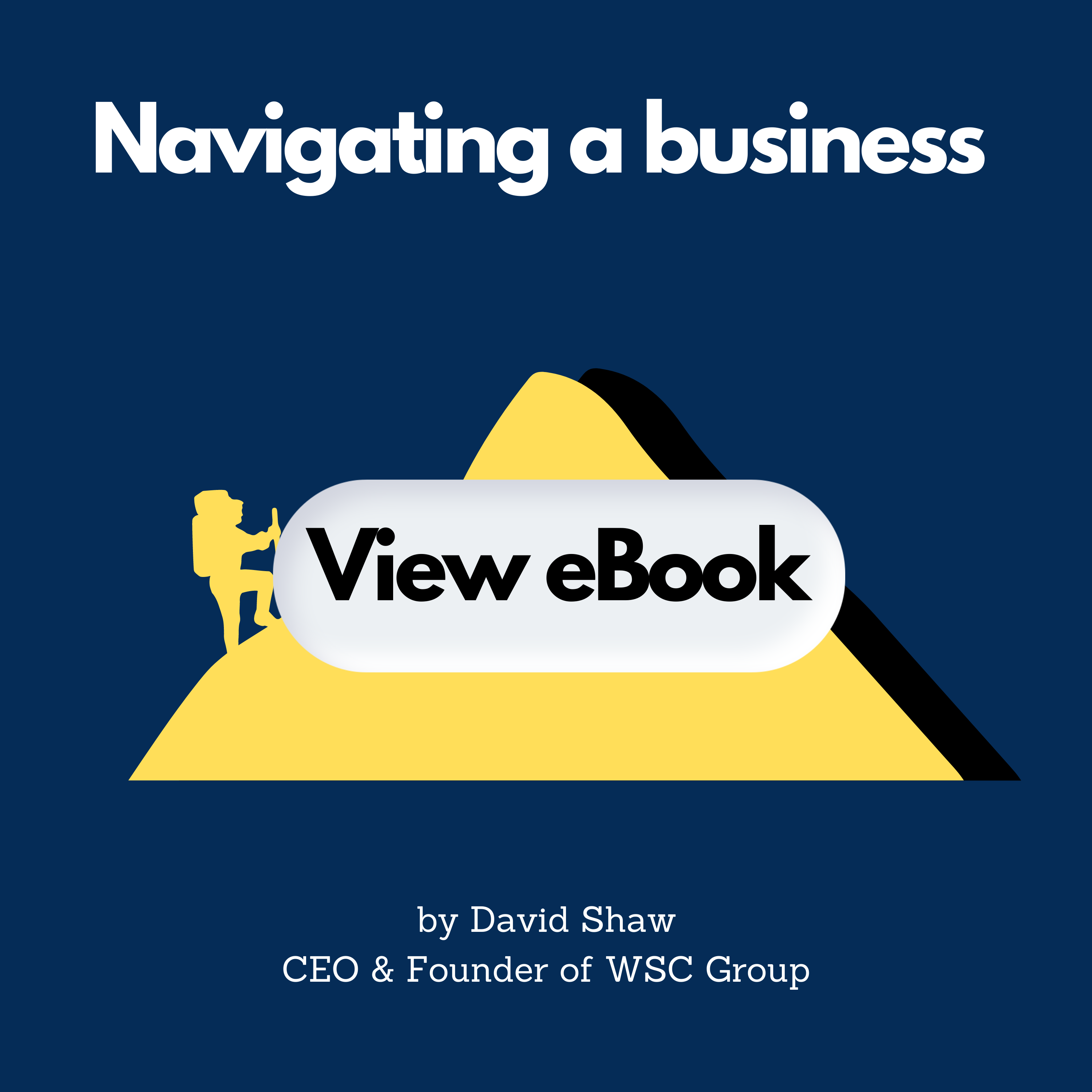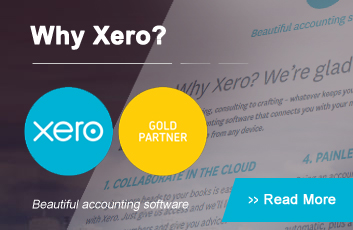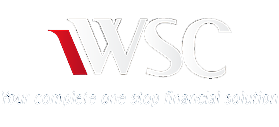As we enter a new tax season, I thought I would give you an update of changes in tax law and some areas to look out for when preparing your tax return.
Individual tax returns
The ATO has announced its crackdown on the following expenses which individuals should look out for in preparation of their returns.
Working from home expenses
With remote and hybrid working more prevalent than ever, the ATO is crunching down on working from home expenses.
There are 3 methods available for you to calculate your working from home expenses, namely:
Short Cut Method
Short Cut Method - How to calculate your deduction and further information on using the short cut method.
The temporary shortcut method simplifies how you calculate your deduction for working from home expenses. Using this method, you can claim 80 cents per hour for each hour you work from home. However, you can't claim any other expenses for working from home, even if you bought new equipment.
This shortcut method covers all your working from home expenses, such as:
- Phone and data expenses
- Internet expenses
- The decline in value of equipment and furniture
- Electricity and gas for heating, cooling, and lighting.
The shortcut method also includes decline in value of all items.
How to calculate your deduction and further information on using the short cut method.
Fixed rate method
Using the fixed rate method, you can claim the fixed rate of 52 cents for each hour you worked from home. The rate includes the additional running expenses you incur for:
- The decline in value of home office furniture and furnishings (e.g. a desk).
- Electricity and gas for heating, cooling and lighting
- Cleaning your home office.
Some other expenses which you can claim the work-related portion of, but which are not covered by the 52 cents per hour rate are:
- Phone, data and internet expenses, including the decline in value of the handset
- Computer consumables and stationery – such as ink
- Decline in value of depreciating assets other than home office furniture and furnishings used for work purposes – for example, computers and laptops.
Fixed Rate Method - How to calculate your deduction and further information
Actual Cost Method
Actual Cost Method – How to calculate your deduction and further information
The actual costs method allows you to work out your deduction by calculating the actual expenses you incur to produce your income when working from home. This may include the following expenses:
- Decline in value of depreciating assets – such as home office furniture (desk, chair) and furnishings, phones and computers, laptops or similar devices.
- Cleaning expenses, if you use a dedicated area for working.
- Heating, cooling and lighting – electricity and gas.
- Phone, data and internet
- Computer consumables and stationery – such as printer ink.
How to calculate your deduction and further information
As working from home claims may be new for many of you, I recommend that you maintain thorough record-keeping to ensure the best results for your claim.
Motor vehicle expenses
Over 3 million taxpayers are estimated to make motor vehicle claims each year. I’d like to highlight the two methods you can choose to make your motor vehicle claim this year, namely, the cents per kilometre or the logbook method.
The cents per kilometre method
A single rate is used, the rate is:
- 78 cents per kilometre from 1 July 2022 for the 2022–23 income year
- 72 cents per kilometre from 1 July 2020 for the 2021–22 income year
You can claim a maximum of 5,000 business kilometres per car. However, in special circumstances where you and another owner use the car for separate income-producing purposes, you can each claim up to a maximum of 5,000 business kilometres.
Learn more about the cents per kilometre rate and what expenses are included
Logbook method
This method is for sole traders or partnerships claiming for a car. If you choose to use the logbook method, your logbook needs to show your work-related trips for a minimum continuous period of 12 weeks. Under the logbook method, your claim is based on the work-related portion of your actual expenses for the car.
To work out your work-related use, you must have:
- A valid logbook; and
- Odometer readings for the start and end of the logbook period during the income year and for each income year you rely on your logbook (generally, you can rely on the logbook for 5 years).
You can claim fuel and oil costs based on either your:
- Actual receipts; or
- Estimate of your expenses using the odometer records that show readings from the start and the end of the period you had the car during the income year.
More information on keeping your logbook and how to calculate your work-related expenses
Reimbursed expenses
The ATO will also be checking that taxpayers don’t claim expenses that have already been reimbursed by their employer. If you have already received reimbursement from your employer, you should not be claiming this in your individual tax return.
Businesses & Superannuation
Increases to the superannuation guarantee rate
The superannuation guarantee rate for employees has increased from 1 July 2022, from 10% to 10.5%. The rate will progressively increase, increasing by 0.5% each year until it reaches 12% from 1 July 2025. Employers need to factor in these increases over the next four years.
You should also be aware that superannuation is paid on ordinary time and earnings and excludes overtime payments. However, it does include commissions, bonuses, and allowances.
Minimum threshold for super guarantee eligibility
The minimum $450/month threshold for employees is being removed from 1 July 2022. The removal of this threshold means employers are now required to make super contributions for all their employees regardless of how much they earn. For example, if an employee is over the age of 18 and earns $100/month, they will now be entitled to $10.50 super in each month.
The exemption to this rule is for employees aged under 18 years of age and who work less than 30 hours per week.
Motor vehicle cost price limit 2022-23 year
As many of our clients would be aware, there is a limit to how much depreciation you can claim with the purchase of a new car which is used for business purposes.
The limit for the 2021-22 year is $60,733 and the limit for 2022-23 year is now $64,741. Please note that this value is inclusive of GST and this limit applies to passenger vehicles designed to carry a load of less than 1 tonne, and fewer than 9 passengers.
A trading of an old vehicle cannot be used to decrease the purchase price of a new vehicle but must be calculated separately from any trade-in transactions.
Luxury car tax rate and thresholds
The luxury car tax threshold (LCT) for fuel efficient vehicles for the 2022-23 year is $84,916 and the LCT for the 2022-23 for other vehicles is now $71,849. These values have increased since the 2021-22 years, up from $79, 659 and $69,152 respectively.
For those wishing to get their tax complete soon, it is advisable to get your information to us as soon as possible to ensure that you get ahead of others in preparation of tax time.
Still not quite sure where to start or which method works best for you? That’s okay, you can always get in contact with us and get the help you need to make the process as easy as possible. Call 1300 365 125 or [email protected] so that we may assist you.













